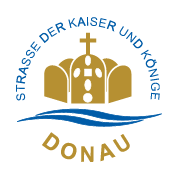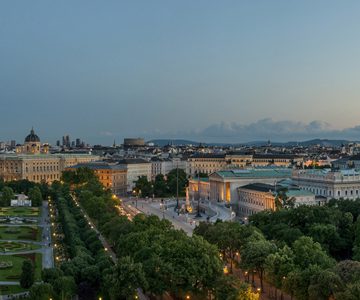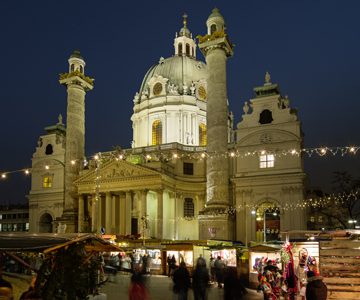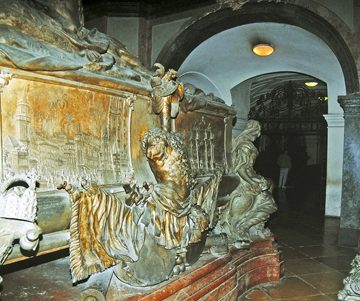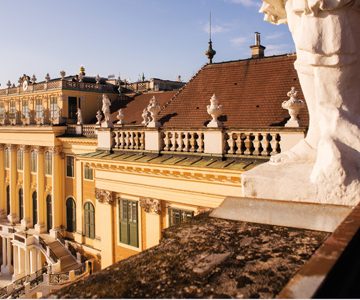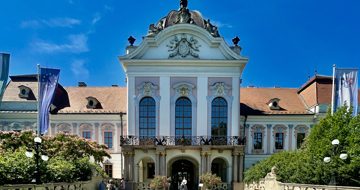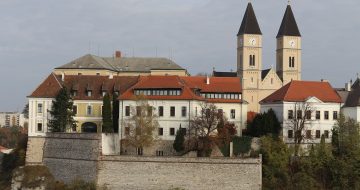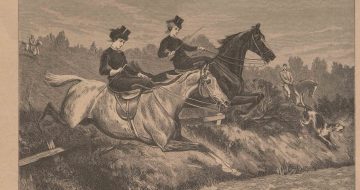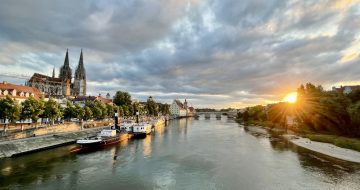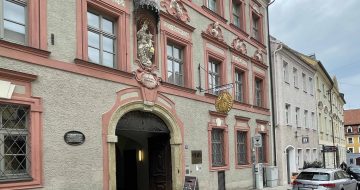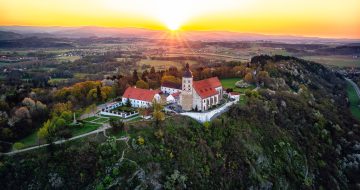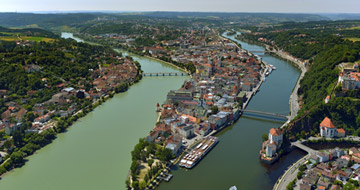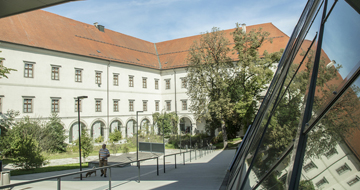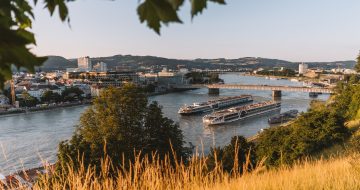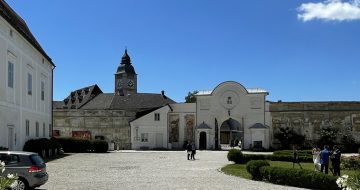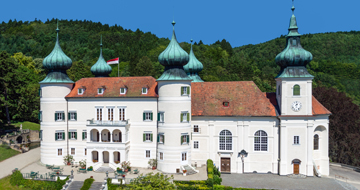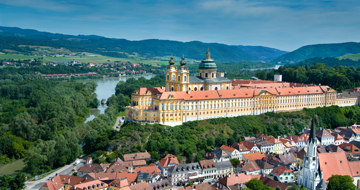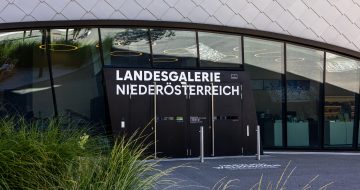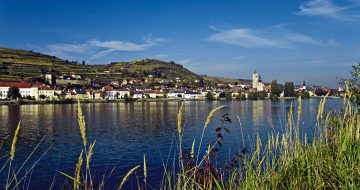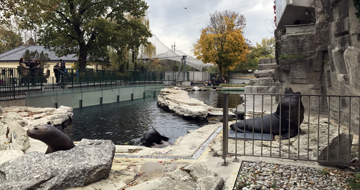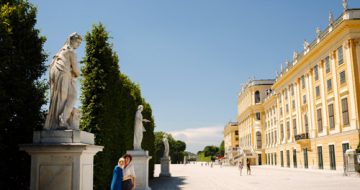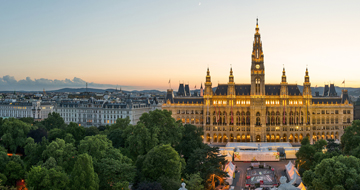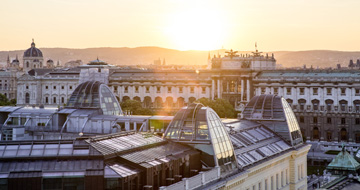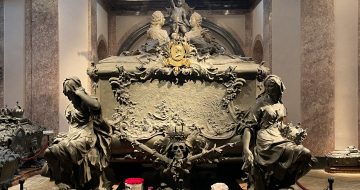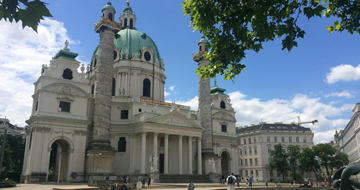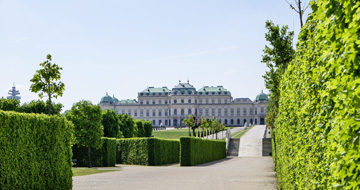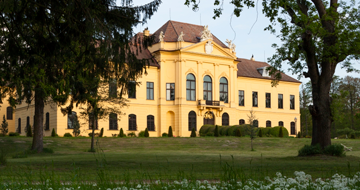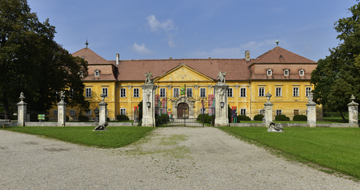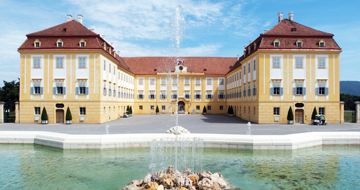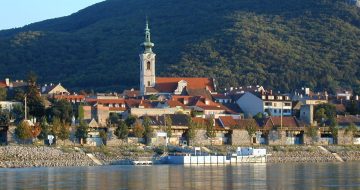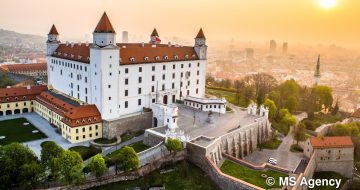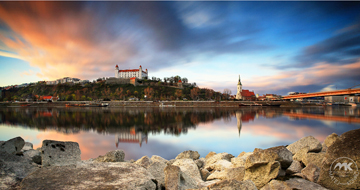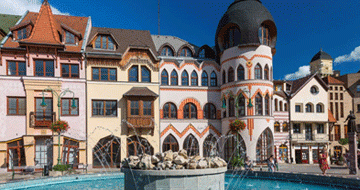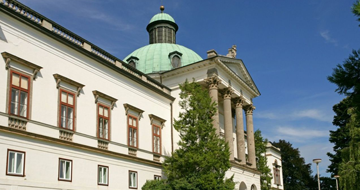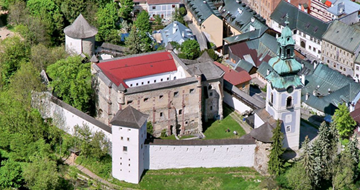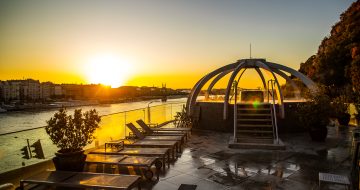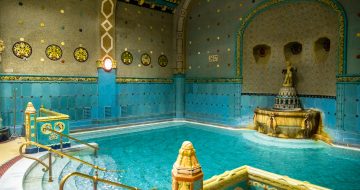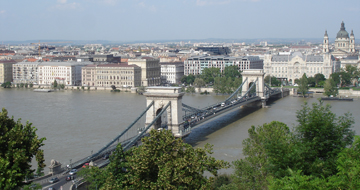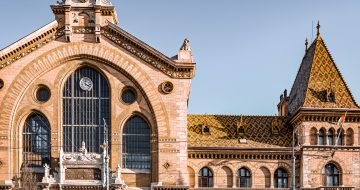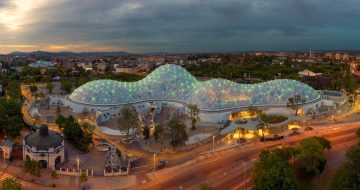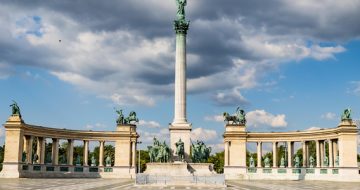Habsburg Monarchy
The Habsburg "Danube Monarchy
In the 19th century, the Habsburg Monarchy became the "Danube Monarchy" proper. And indeed, it comprised most of the hydrographic Danube catchment area. Under the official name "Austro-Hungarian Monarchy", the Habsburg Empire formed the k.u.k. (Imperial Austrian and Royal Hungarian) "Dual Monarchy." The river linking the Habsburg lands now also acquired a high, almost idealistic status in the Habsburg self-image in words, writing, pictures and not least in music. The Austro-Hungarian Empire was embodied by Emperor Franz Joseph. Danube monarchy was embodied by Emperor Franz Joseph, who ruled the empire from 1848 to 1916.
Vienna changed its cityscape according to the new times: The inner bastions were razed from 1857 - Johann Strauss' father composed the "Demolierpolka" for this purpose in due time - and gave way to the wide Ringstrasse with its glamorous splendor architecture of the Court Opera, Heldenplatz, New Hofburg, Burgtheater, Parliament, City Hall, palaces and ministries. The outer defension line was transformed into the radial street of the "Gürtel". In the World Exhibition of 1873, the Danube metropolis presented itself as a center of modern science, technology and industry. Due to generous incorporations of the suburbs, the last of which was Floridsdorf on the Danube, the two-million mark had already been exceeded by 1905.
When the Viennese Danube is mentioned, the Danube Waltz, Austria's secret national anthem, cannot be missing. Johann Strauss' son composed it in 1867, but with the refrain "Wiener seids froh! Oho, why?" This was intended as a parody. The rewording in "Donau, so blau ...", which then led to the title "An der schönen blauen Donau", took place in 1890. However, it was the instrumental version that achieved world fame.
In 1867 the Hungarian part of the empire achieved its autonomy. In the same year the monumental basilica in Esztergom was consecrated, the seat of the Primate, the Archbishop. To this day it remains one of the largest church buildings in the world. Buda and Pest united in 1872 to form the capital city of Budapest. Heroes' Square, the Parliament Building on the banks of the Danube, and the playful Fishermen's Bastion bear witness to the brief Belle Époque of the Hungarian monarchy. Empress Sisi felt a special affection for Hungarians, after all she also wore the Hungarian crown. She often stayed at the little castle of Gödöllő on the Danube bend, today a must for modern Sisi aficionados. Of course, the restless Empress Elisabeth of Austria was often on the Danube and the Road of Emperors and Kings. Even the Bavarian princess's bridal cruise from Passau to Vienna in April 1854 was a major social event. By the way, only family members were allowed to call her "Sisi"! The "Sisi Museum" in the Vienna Hofburg provides information about her eventful life. In July 1914, the assassination in Sarajevo brought the world of monarchies crashing down. The Habsburg Museum in Artstetten near Maria-Taferl commemorates the assassinated heir to the throne Franz Ferdinand and his wife Sophie.
During the First World War, the 86-year-old Emperor Franz Joseph died on November 21, 1916, after a 70-year reign. For large parts of the imperial and royal community, the old emperor was the end of a supranational institution and a unifying symbol of rule. With the old emperor, a supranational institution and a unifying symbol of power stepped down from the political stage. Wide circles of the population, regardless of their nationality, had been able to identify with him. His demise was perceived as the natural end of the Austro-Hungarian Dual Monarchy. And with the outcome of the First World War in 1918, the Bavarian monarchy of the Wittelsbach dynasty, which had always been closely linked to the Danube, also came to an end. The age of emperors and kings was over!
